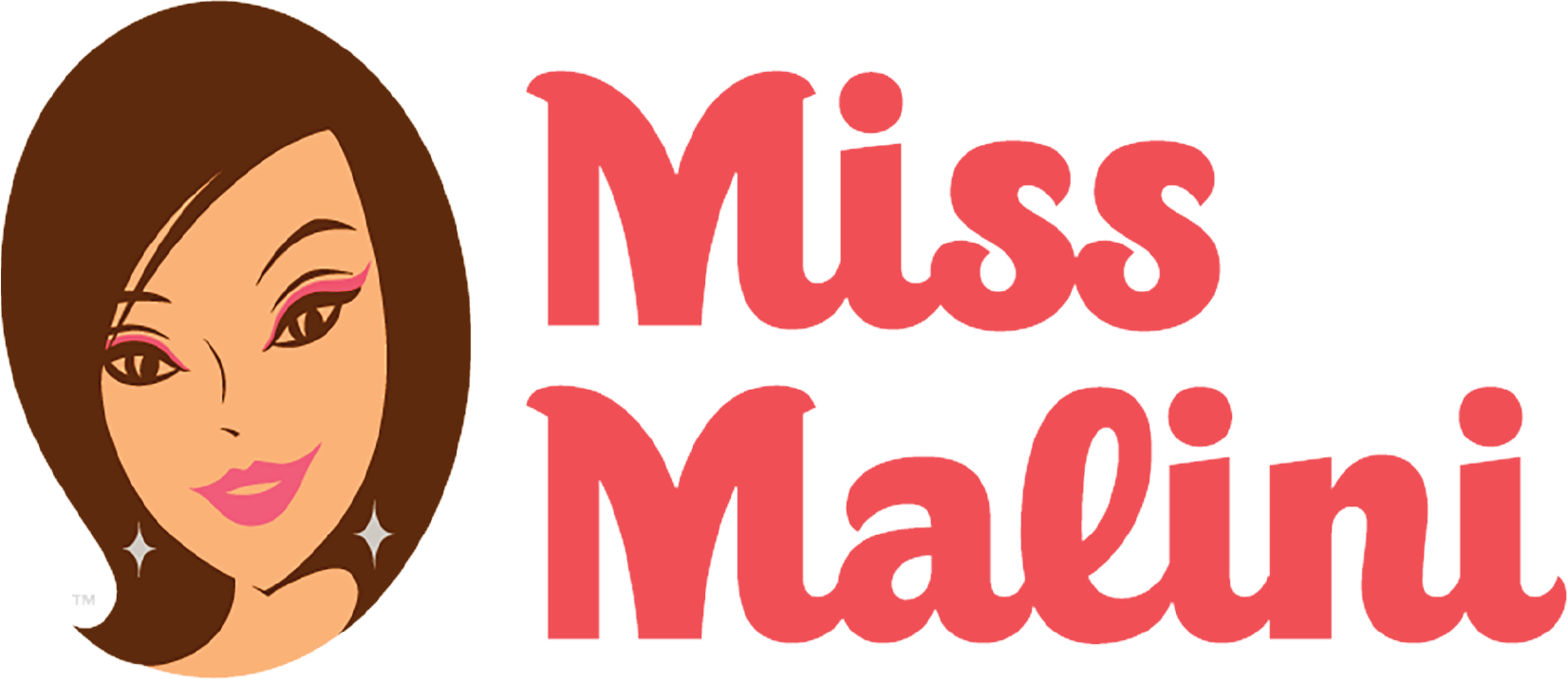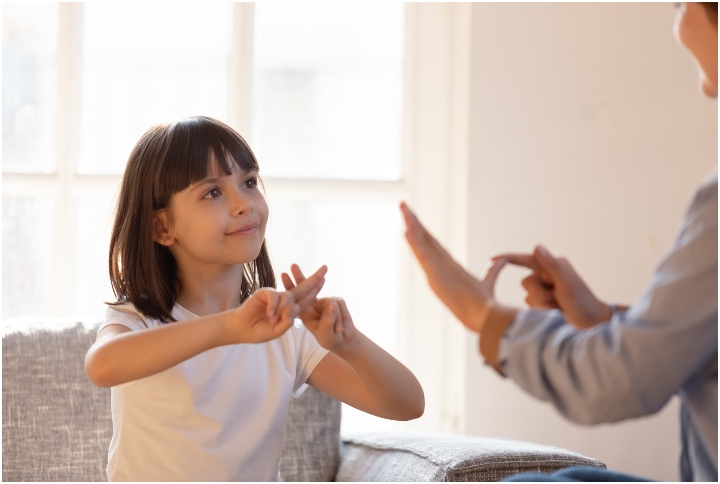A learning disability means difficulty in processing information. It could be a disability with writing (dysgraphia), reading (dyslexia) or math (dyscalculia). This could mean difficulty in completing written work, making out the meaning of numbers, skipping words and lines while reading, spelling errors and difficulty in organisation are a few examples of learning disabilities that occupational therapy can treat.
Along with this, a child may have other diagnoses too like attention deficit hyperactivity disorder or the onset of anxiety due to the inability to perform. This can lead to a drop in academic performance in spite of being intellectually competent. Occupational therapy is a branch of medicine that helps individuals achieve their functional goals in all walks of life, from infancy to old age. So we reached out to Purvi Gandhi an Occupational Therapist and Intervention Coach to help us understand how to help parents help their children better. Read on for more.
Let’s talk about how occupational therapy can help children with a learning disability:
Occupational therapy uses different modes of treatment to stimulate and rewire the brain to enhance functional goals of an individual. They work on gross motor skills, fine motor skills, sensory processing skills, sitting tolerance, attention and social emotional development in children.
1) Gross motor skills
Gross motor skills are required for climbing, sports, running, riding a bike etc. It also includes the ability to sit with good posture control, strengthening the core and proximal musculature.
2) Fine motor skills
Fine motor skills mean strengthening the small muscles on the hand to support the process of writing and performing skilled daily life activities. Like dressing, buttoning, tying shoelaces, eating, grooming etc.
3) Sensory processing skills
Sensory processing is the ability of the brain to receive information from our sensory organs like the ears, eyes, nose and skin. For example, children need to tune out extra auditory sounds in the background to pay attention to the teacher’s voice, sitting with good posture, writing, reading etc.
The interplay of all these foundational skills can enhance academic functioning as well as build a strong base for social emotional skills. Occupational therapy may use moving equipment like a swing, ladder, monkey bars, jungle gym, ball and many other games that enhance perceptual, cognitive, auditory functioning.
Post Occupational therapy you will notice that the child is in a more integrated state and is able to continue in a normal school.
Other than occupational therapy other treatment modalities like remedial education and speech therapy (if any speech concerns) can go hand in hand.
Follow @missmalinilifestyle on Instagram for more content like this and download the Girl Tribe by MissMalini App to join our Healing and Wellness community.

